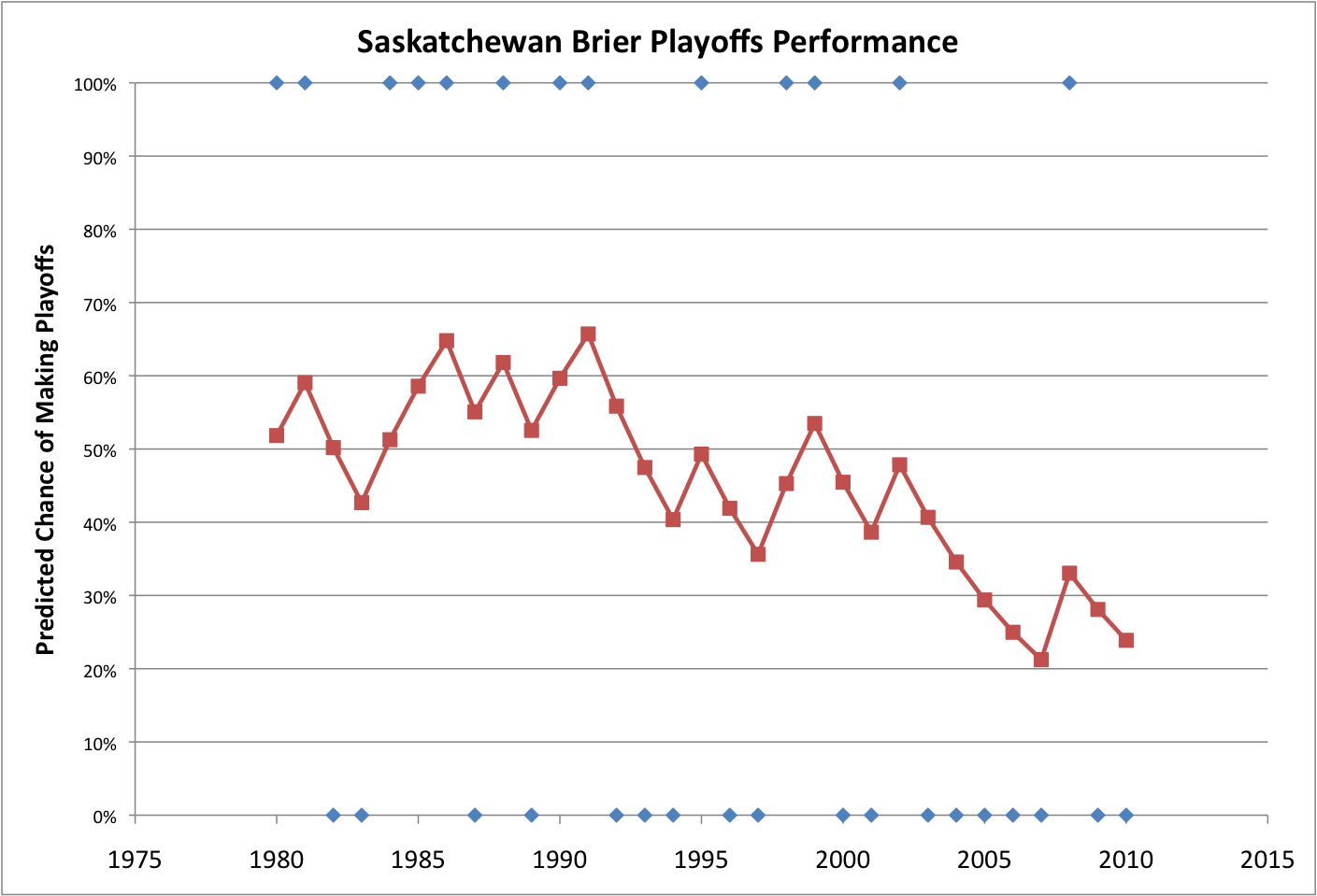This week I want to share a report on how we used the Theory of Constraints (TOC) to help a client rapidly turn around their operation. The details of the business have been changed to protect their privacy, but the rest of the story is true and has some great lessons for every business.
The Job
The client, a manufacturing firm, contacted us because they were having a cash flow problem. They found that over the years, the cost of raw materials and their products have doubled. This increased the amount of cash required in their cash flow cycle. They were also looking for a business plan to expand their operation.
The Situation
Clients rarely have a cash flow problem in isolation. This was no exception. Although their sales have increased by an impressive amount, their net profit didn’t increase. In fact, it went down and was often negative. The client had funded these losses through debt but was now at the point where the banks were not willing to fund them any further. In fact, if the client didn’t turn things around, the bank’s credit department would get involved. They were also in a position where bank financing for the plant expansion was very unlikely, and would require an equity partner to happen.
The client was also experiencing other problems typical of a manufacturing firm. Employee turnover, customer complaints over delivery and rail car and shipping container supply headed up these problems. The client’s managers were having trouble seeing the root cause of their problems due to the chaotic nature of their operation. They were tired of constantly struggling to keep enough cash to keep current on all their commitments.
Analysis
We used TOC on this project. After gathering information on the problem, the first step was to determine the goal of the firm. This was pretty easy: to make money now and in the future. The second step was to determine the constraint, or what was keeping them from making more money. The managers knew right away: the lack of rail cars and shipping containers. In fact, the manufacturing plant had over double the capacity of what they had shipped the previous year. So we knew that the way to improvement was through increasing shipping. We also knew that solving the rail equipment problem would go a long way to solve all of the other problems listed. The employees would be retained based on a bonus payment calculated through increased profits. By protecting the rail transportation constraint, customers would get more reliable delivery. By demonstrating to rail roads and equipment suppliers that they will quickly load and ship their equipment, they would be able to get a larger, more reliable supply of equipment. In fact, when a manager talked to the railroad, they told him that they were restricting supply to them because the client wasn’t filling the cars quickly enough. After seeing how the client was focussed on quick turnaround, the railroad agreed to increase car supply.
Results
So far, the results have been fantastic. When we first did an analysis of the firm, we thought that a good goal this year would be to hit the 50th percentile in profitability. After 5 months of operation, they are on track to shatter this goal. In fact, they are on track to beat their profit goals by over 5 times! This will put them squarely in the top quartile of their industry, without any capital investment. In fact, this increased capacity eliminated the need for the expansion.
This change is not easy. The management have the challenge of selling this extra capacity and hiring the extra staff required to meet this extra production. The maintenance bill of the plant has increased because of the extra production. These challenges are well worth it as they are aligned with their goal.
Lessons
The managers of this client were working extremely hard to keep afloat before we started working with them. Their effort was being spent managing cash flow, scheduling production, trying to hire new employees and keeping customers relatively satisfied. Now they can solve all of these issues through protecting and elevating their constraint.
Although I have a background in manufacturing, none of the Abonar team had any experience in our client’s business. This didn’t stop us from helping our client turn their plant into a great moneymaking machine. This means that if you are looking for help in improving your business, don’t limit your search for people with extensive experience in your industry. Major breakthroughs come from unconventional thinking.
I left out the full methodology of TOC in this blog. For more information on this, click here.

